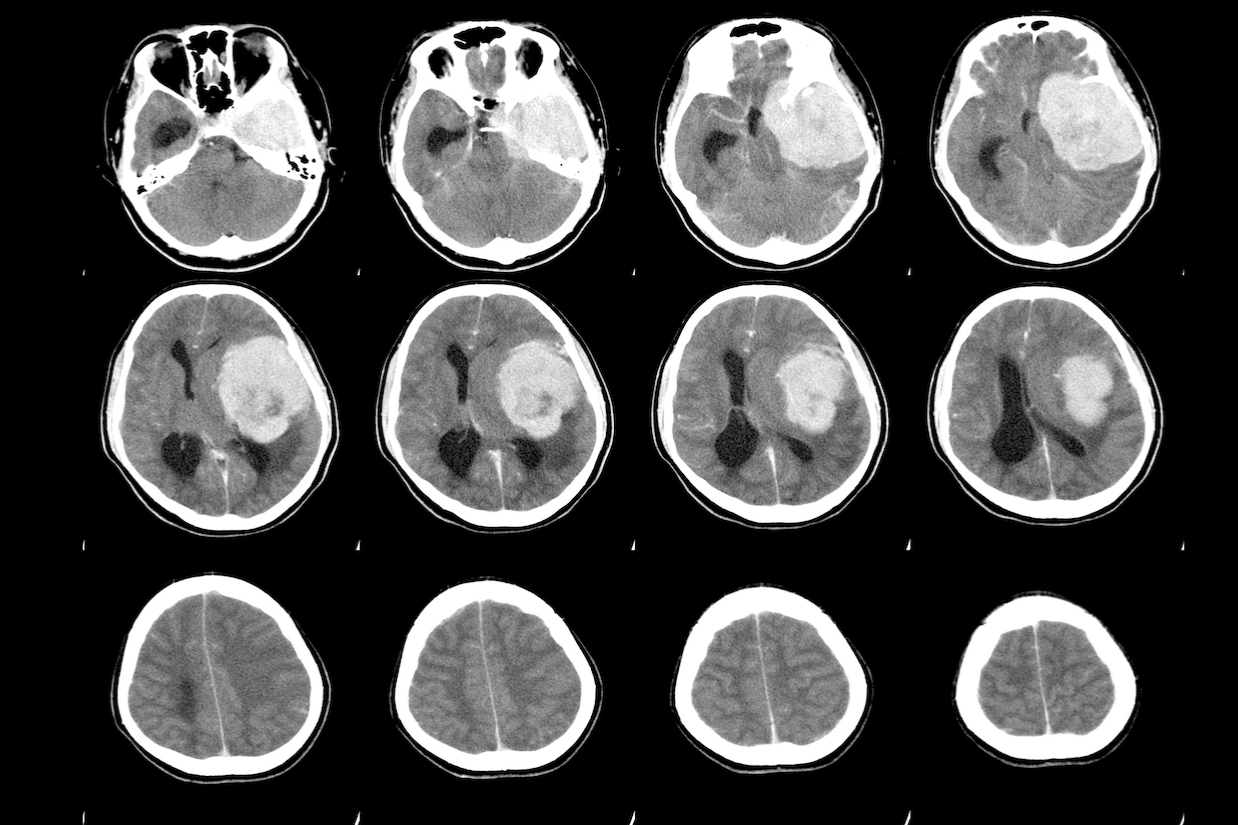Meningioma Unveiled: Understanding Brain Tumors and Treatment Modalities


We know that patients and their families have many questions when it comes to understanding a meningioma tumor and its treatment options. A meningioma is an abnormal tissue growth that arises from the meninges, or the protective membranes that surround the brain and spinal cord.
Meningioma is one of the most common brain tumors—they actually affect about 1 in every 200 people, and account for about one third of all brain tumors. Even though they are usually benign, if large enough they can cause various symptoms that affect patients’ quality of life. And while their exact cause is mostly unknown, treatment options are something that experienced surgeons have a very good handle on. So there are plenty of options if your meningioma tumor is causing concern.
As mentioned, the exact reason that people develop these tumors is unknown. However, researchers have identified a few risk factors that increase their likelihood. Age is the first risk factor: You are more likely to develop a meningioma tumor if you are over the age of 50, and they are most common in people who are in their seventies and eighties. They are also three times more likely to occur in women than men.
Another risk factor is having received radiation therapy in the past. There’s also a rare nervous system disorder called neurofibromatosis type 2, in which patients get benign tumors on nerves throughout the body, including meningioma.
Although every meningioma forms in the meninges, there are several subtypes based on the exact location of the tumor.
For example, a convexity meningioma, which accounts for one in five of these tumors, develops on the surface of the brain directly under the skull. Other types include falcine meningioma, parasagittal meningioma, intraventricular meningioma, skull base meningioma, sphenoid wing meningioma, olfactory groove meningioma, posterior fossa meningioma, and suprasellar meningioma. All of those types are named based on their location in the brain, with sphenoid wing being another fairly common type that also accounts for one in five cases. Some of your symptoms may also vary based on your subtype.
In addition to diagnosing the type of meningioma tumor, your physician will be able to assign it a grade based on its size and growth rate.
Determining the grade of your tumor is an important step in determining your treatment options. Most diagnoses involve an MRI or CT scan, and in some cases, a biopsy.
Of course, the reason most patients seek out physicians’ advice in the first place is troublesome symptoms. The tricky thing about meningiomas is that they can actually exist in your body for a long time—years, even—without triggering any symptoms. Because they start out small and grow slowly, you may not notice anything wrong. In fact, even if your physician noticed the presence of a meningioma tumor on an MRI, they might recommend observation as the only treatment if it is small and slow-growing enough.
But, in terms of symptoms that you can feel, there are a range depending on the location of the tumor. Some of the top symptoms include alterations or compromises to your senses. For example, you may have changes in your vision, including blurriness or seeing double. You might also lose your sense of smell or experience hearing loss. (Some patients also have a ringing sound in their ears.) Headaches, memory loss, seizures, language difficulty, and arm or leg weakness are also symptoms.
Treatment for meningioma can look very different depending on the size and growth rate of the tumor and the severity of your symptoms.
The “wait-and-see” approach is a very common tack your physician may recommend. Continued observation may be the only short-term treatment needed in cases where the tumor is small, not compromising quality of life or very slow growing. The observational approach entails a regular schedule of MRI scans to assess the growth of the meningioma and whether it is swelling into surrounding areas of the brain.
Surgical removal is the preferred treatment option for larger tumors that are causing symptoms. Typically, removing the tumor cures this condition. In cases where the meningioma is in a place that’s difficult to access, or where it cannot be fully removed, radiation therapy may be applied.
Even though radiation therapy is typically associated with cancerous tumors, it is also useful for benign meningiomas whose location makes surgery risky.
Of course, the progression of your tumor may mean that your treatment plan changes over time. Still, patients should keep in mind that a meningioma tumor doesn’t have to be mysterious or frightening—with expert advice, you can closely monitor growth and symptoms.